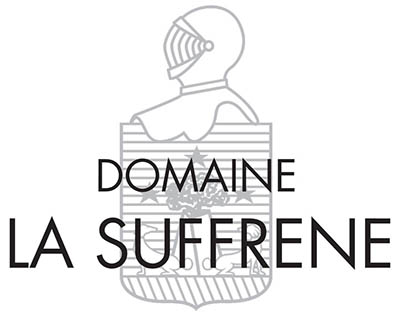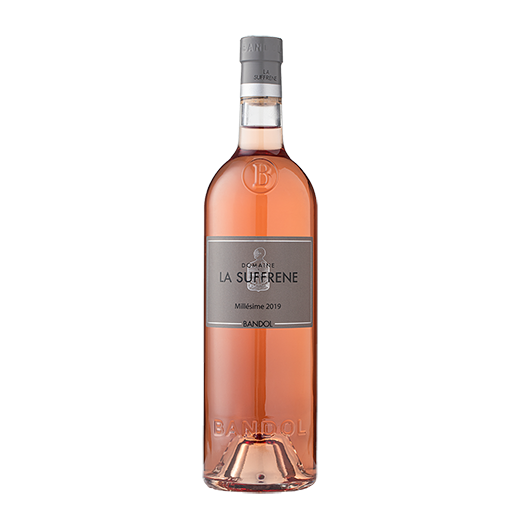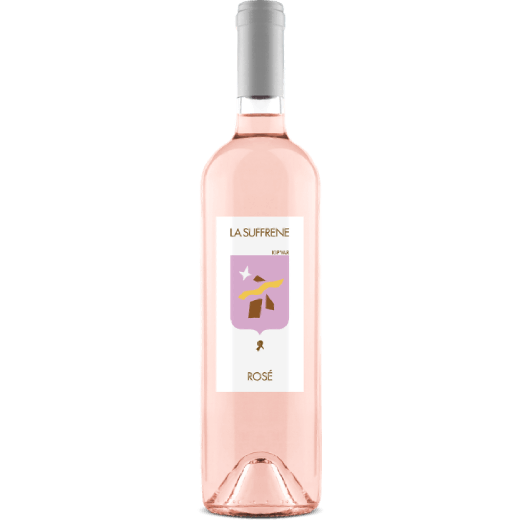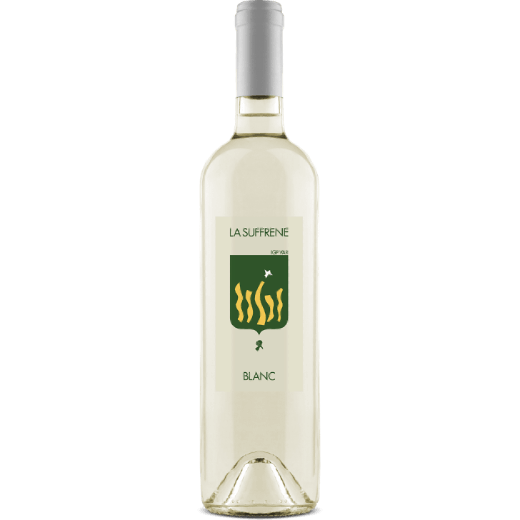Côtes de Provence Rosé
13,50€
Description
Description
AOC Côtes de Provence – Rôsé
Grape varieties : 35% Grenache and 35% Cinsault and 30% Carignan
Soil : The plots classified as Côtes de Provence are located near our winery, in Le Clos les Paluns. The vines grow in deep, fertile soils.
Cultural practices: : We pay the same attention to our IGP Côtes de Provence classified plots as we do to those classified as AOC Bandol.
Currently undergoing conversion to Organic Agriculture (the first official organic harvest will be 2021), the vineyard has been managed using growing practices that respect official organic specifications for more than 10 years. We are engaged in a process to reduce the use of phytosanitary products. To do this, treatments are carried out at night, and we adapt our work in the vineyard to the level of disease threat, the vine’s receptivity stage and the weather conditions.
Our soils are not ploughed from October to March. From March onwards, the strips of earth between the foot of each vine are worked using hoeing tools, complemented by a surface ploughing of the space between the rows. Our vines are Gobelet-trained and we have a few trellised plots.
Harvest : Carried out by hand with the grapes sorted in the vineyard and in the winery. Maximum yield of 55 hl/ha.
Winemaking:
- Sorting of the harvested grapes (sorting table with 2 people),
- De-stemming-crushing,
- Pressing
- 48 hours’ settling.
- Racking to obtain a clear liquid.
- Fairly fast yeasting after the must has started to heat up.
- Alcoholic fermentation: around 2 weeks, residual sugar < 2g/l.<
- Clarification by cooling (12°C) for around 72 hours
- Racking to obtain a clear liquid, separating out the deposit of thick lees.
- Sulphiting of the wine 48 hours after racking in order to prevent the Malolactic. Fermentation and therefore retain a better acidity to preserve the wines’ freshness.
- Around November isinglass fining is carried out, then, a week later, bentonite fining.
- Racking and blending in the first fortnight of January.
- Readjustment, if necessary, of the S02 content to protect the wines from oxydation and bacterial contamination.
- Preparation of the wines before bottling: filtration over cartridges, adjustment of the level of CO2.
- Bottling start March with application of the packaging as and when orders are received
Conservation : Consume within 2 years after release for sale.
Additional information
Additional information
| Weight | 1 kg |
|---|---|
| Millésime | |
| Color | Rosé |




